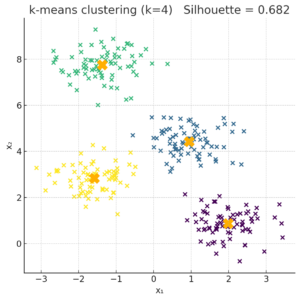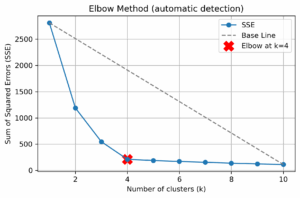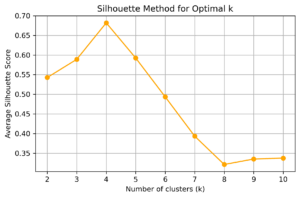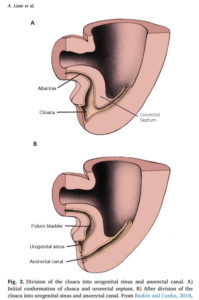自分:Macrophage presents antigens to helper T cells, not to B cells directly. B cell recognizes antigens in solution, incorporates them and presente on the surface. The helper T cells activated by the macrophages now recognize the antigen presented by the B cell and stimulates B cell proliferation.
上の言明が正しいかどうかを、Consensus.appに確認してみました。
(以下、Consensus.app)
Antigen presentation is central to the activation and coordination of immune responses involving macrophages, B cells, and helper T cells. Both macrophages and B cells can present antigens to helper T cells, but B cells play a unique and essential role in driving T cell help and B cell proliferation, especially at low antigen doses and during germinal center reactions.
Mechanisms of Antigen Presentation
Macrophages and Dendritic Cells: These cells present processed antigens via MHC class II to naive CD4+ helper T cells, initiating T cell activation (Pishesha et al., 2022; Hua & Hou, 2020).
B Cells: B cells recognize soluble antigens through their B cell receptor (BCR), internalize them, process them, and present antigenic peptides on MHC class II molecules to helper T cells (Lanzavecchia, 1985; Adler et al., 2017; Rastogi et al., 2022). This presentation is highly efficient, especially at low antigen concentrations, due to the specificity of the BCR (Lanzavecchia, 1985; Malynn et al., 1985; Adler et al., 2017).
B Cell–T Cell Interactions and Proliferation
Direct Interaction: Helper T cells form specific, antigen-dependent contacts with antigen-presenting B cells, leading to T cell activation and the delivery of signals (such as cytokines) that stimulate B cell proliferation and differentiation (Kupfer et al., 1986; Lanzavecchia, 1985; Adler et al., 2017).
T Follicular Helper (Tfh) Cell Differentiation: B cells are often the dominant antigen-presenting cells that drive the differentiation of Tfh cells, which are crucial for germinal center formation and high-affinity antibody production (Deenick et al., 2010; Hong et al., 2018; Hua & Hou, 2020; Crawford et al., 2006).
B Cell Proliferation: Activated helper T cells, after recognizing antigen presented by B cells, provide essential signals (e.g., CD40L, cytokines) that promote B cell proliferation and maturation (Kupfer et al., 1986; Lanzavecchia, 1985; Adler et al., 2017).
Key Step in Immune Response Main Cell Type Involved Role in B Cell Proliferation Citations
Initial antigen presentation to T cells Macrophages, dendritic cells Activates naive helper T cells (Pishesha et al., 2022; Hua & Hou, 2020)
Antigen presentation in germinal centers B cells Drives Tfh cell help, B cell growth (Deenick et al., 2010; Hong et al., 2018; Lanzavecchia, 1985; Crawford et al., 2006)
Direct T-B cell interaction B cells, helper T cells Stimulates B cell proliferation (Kupfer et al., 1986; Lanzavecchia, 1985; Adler et al., 2017)
Summary
B cells are not only recipients of T cell help but also act as potent antigen-presenting cells, especially in later stages of the immune response. Their ability to present antigen to helper T cells is essential for effective B cell proliferation, antibody production, and the development of long-lasting immunity.
These papers were sourced and synthesized using Consensus, an AI-powered search engine for research. Try it at https://consensus.app
References
Deenick, E., Chan, A., S., C., Gatto, D., Schwartzberg, P., Brink, R., & Tangye, S. (2010). Follicular helper T cell differentiation requires continuous antigen presentation that is independent of unique B cell signaling.. Immunity, 33 2, 241-53. https://doi.org/10.1016/j.immuni.2010.07.015
Hong, S., Zhang, Z., Liu, H., Tian, M., Zhu, X., Zhang, Z., Wang, W., Zhou, X., Zhang, F., Ge, Q., Zhu, B., Tang, H., Hua, Z., & Hou, B. (2018). B Cells Are the Dominant Antigen‐Presenting Cells that Activate Naive CD4+ T Cells upon Immunization with a Virus‐Derived Nanoparticle Antigen. Immunity, 49, 695–708,708.e1–.e4. https://doi.org/10.1016/j.immuni.2018.08.012
Kupfer, A., Swain, S., Janeway, C., & Singer, S. (1986). The specific direct interaction of helper T cells and antigen-presenting B cells.. Proceedings of the National Academy of Sciences of the United States of America, 83 16, 6080-3. https://doi.org/10.1073/PNAS.83.16.6080
Rastogi, I., Jeon, D., Moseman, J., Muralidhar, A., Potluri, H., & McNeel, D. (2022). Role of B cells as antigen presenting cells. Frontiers in Immunology, 13. https://doi.org/10.3389/fimmu.2022.954936
Pishesha, N., Harmand, T., & Ploegh, H. (2022). A guide to antigen processing and presentation. Nature Reviews Immunology, 22, 751 – 764. https://doi.org/10.1038/s41577-022-00707-2
Lanzavecchia, A. (1985). Antigen-specific interaction between T and B cells. Nature, 314, 537-539. https://doi.org/10.1038/314537A0
Hua, Z., & Hou, B. (2020). The role of B cell antigen presentation in the initiation of CD4+ T cell response. Immunological Reviews, 296, 24 – 35. https://doi.org/10.1111/imr.12859
Crawford, A., Macleod, M., Schumacher, T., Corlett, L., & Gray, D. (2006). Primary T Cell Expansion and Differentiation In Vivo Requires Antigen Presentation by B Cells1. The Journal of Immunology, 176, 3498 – 3506. https://doi.org/10.4049/jimmunol.176.6.3498
Malynn, B., Romeo, D., & Wortis, H. (1985). Antigen-specific B cells efficiently present low doses of antigen for induction of T cell proliferation.. Journal of immunology, 135 2, 980-8. https://doi.org/10.4049/jimmunol.135.2.980
Adler, L., Jiang, W., Bhamidipati, K., Millican, M., Macaubas, C., Hung, S., & Mellins, E. (2017). The Other Function: Class II-Restricted Antigen Presentation by B Cells. Frontiers in Immunology, 8. https://doi.org/10.3389/fimmu.2017.00319



 Differentiation 103 (2018) 66–73
Differentiation 103 (2018) 66–73